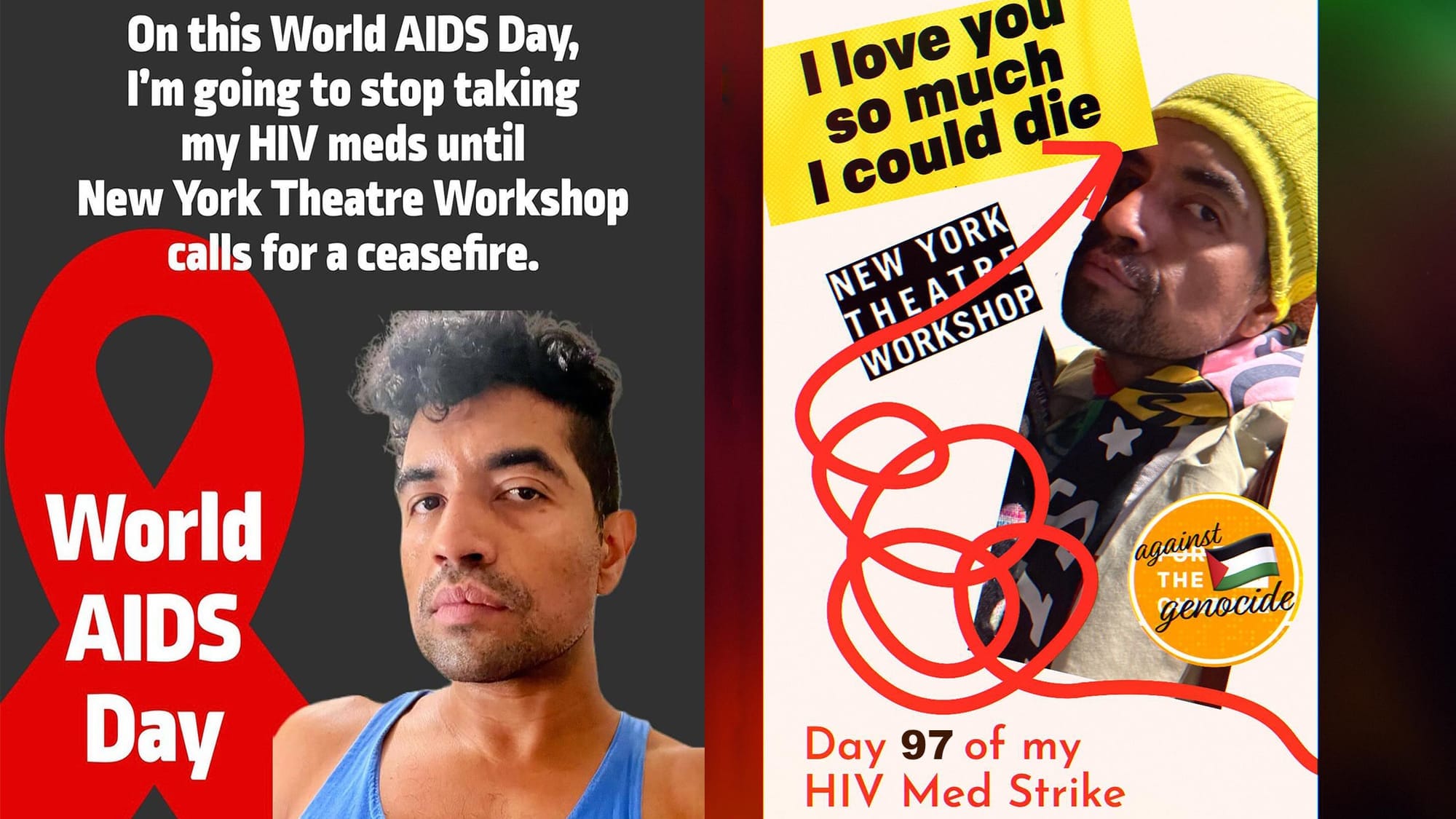Human Sacrifice in the Age of Genocide

by Myriam Gurba
You’ve probably seen the picture of Buddhist monk Thich Quang Duc seated cross-legged in the middle of a Saigon intersection, flames consuming him. I first saw this iconic image in high school when we studied the Vietnam War in history class. U.S. photojournalist Malcolm Brown documented Duc self-immolating on July 11, 1963. Three days prior, the seventy-three-year-old monk had been interviewed by US war correspondent Beverly Deepe Keever.
Brown captured the moment of sacrifice; Keever recorded Duc’s rationale, the strategy behind his spectacle. He told her, “I am very happy to kill myself if President Diem does not agree with our five requests.” One demand that Duc and his fellow monks had addressed to Vietnam’s Catholic regime was an end to the religious persecution of Buddhists. Here, Duc drew a connection between spiritual oppression and ethnocide: “To die is the only thing I want because the government is indirectly destroying the civilization of the Vietnamese people, which depends on Buddhism – it grows very deeply in our hearts.”
It’s a paywall, but a small one
Read this post and get our weekdaily newsletter for $3 a month
